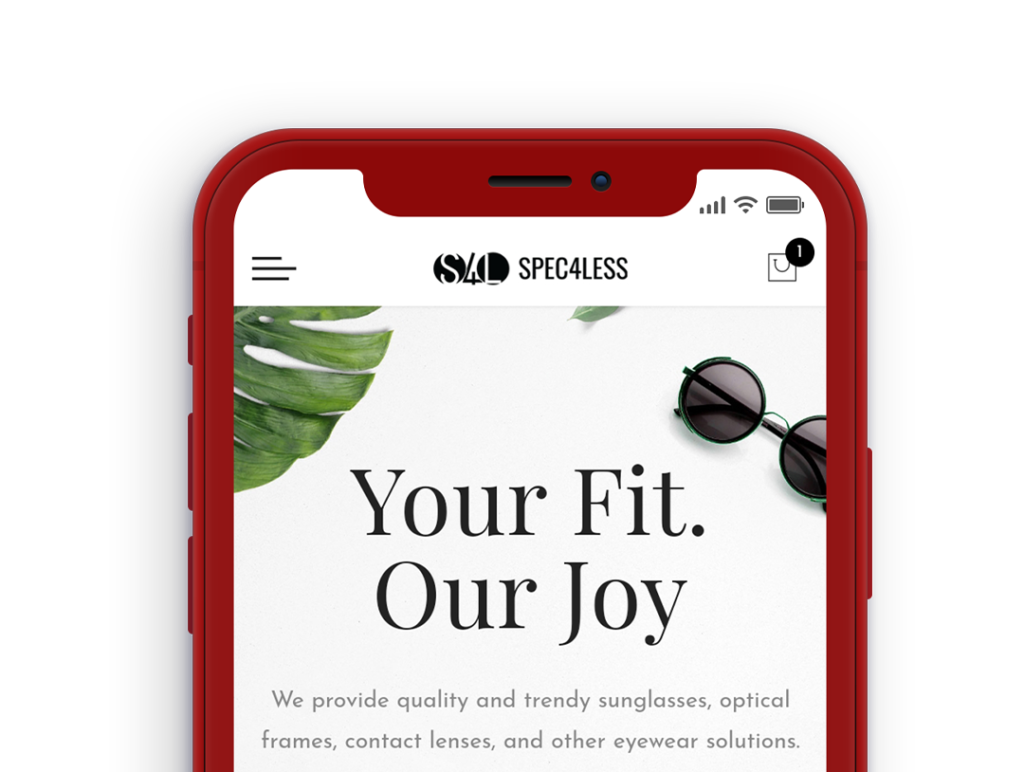
1. Poor Images and Product Descriptions
Online stores are at a disadvantage to brick-and-mortar stores because the customer can’t see the merchandise in person. One of the reasons why eCommerce businesses fail is because of poor quality product listings and bad product images. Since customers cannot actually touch the product being shown online, the least you could provide them with is a high-quality image of the item – doing otherwise seems unprofessional or even suspicious.
Also, images should not only be clear but should be displayed from different angles, this will provide enough detail about the item being shown to customers.
Below is an example of what we achieved for a client










If the product images you are using are not as clear, focused, and clean as the images above those photos are probably not good enough.
"Engaged customers are more likely to share their experiences, recommend your brand to others, and ultimately make repeat purchases."
2. Not Adding Contact Information
Not including contact information on your website can significantly hinder your ability to build trust and credibility with potential customers. Online users often seek reassurance that they can easily reach out to a business for inquiries, support, or to make purchases with confidence. By omitting essential contact details such as a store address, phone number, or email address, you create a barrier that can lead to skepticism and lost opportunities.
Providing clear and accessible contact information instills confidence in your audience that you are a legitimate and trustworthy business. It demonstrates transparency and accessibility, showing that you are readily available to address customer concerns or provide assistance when needed. This accessibility not only enhances the customer experience but also reinforces your brand's reliability, encouraging visitors to engage more deeply with your products or services. Ultimately, including comprehensive contact information on your website is crucial for fostering a positive perception of your business and facilitating meaningful interactions with potential customers.
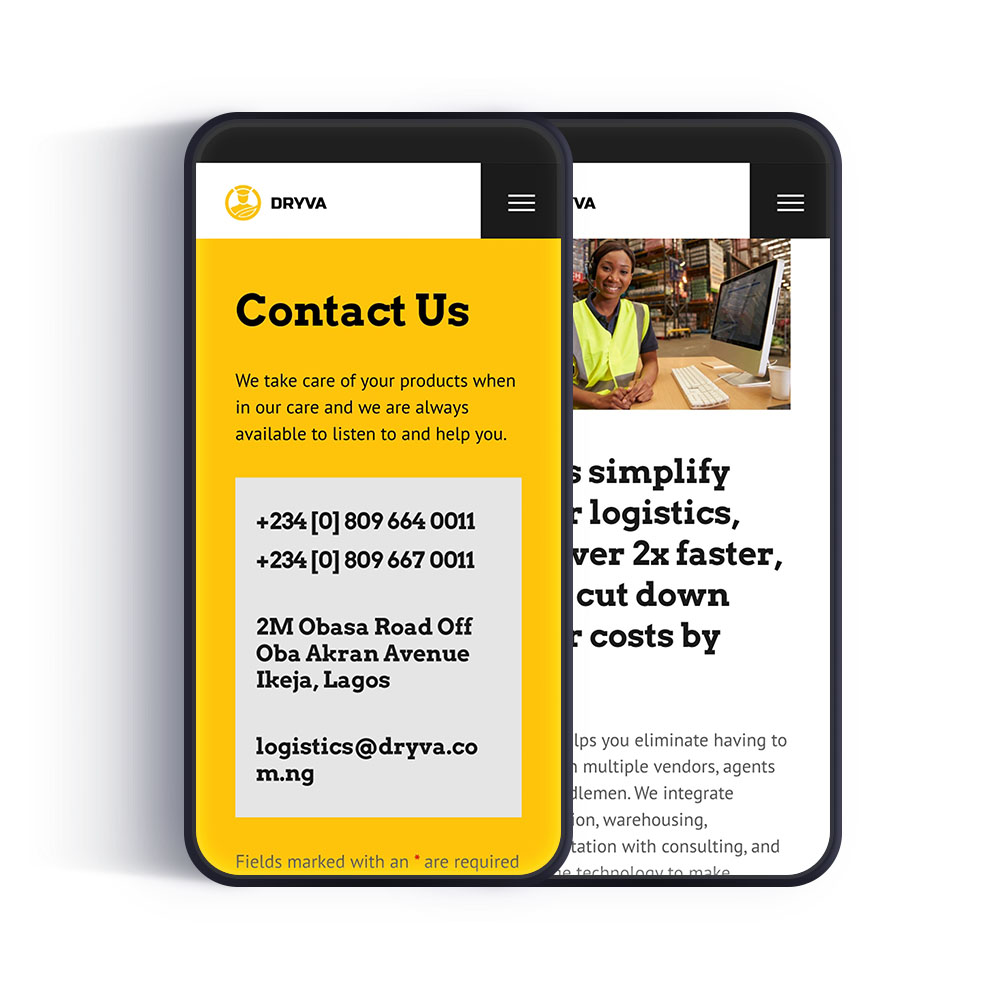
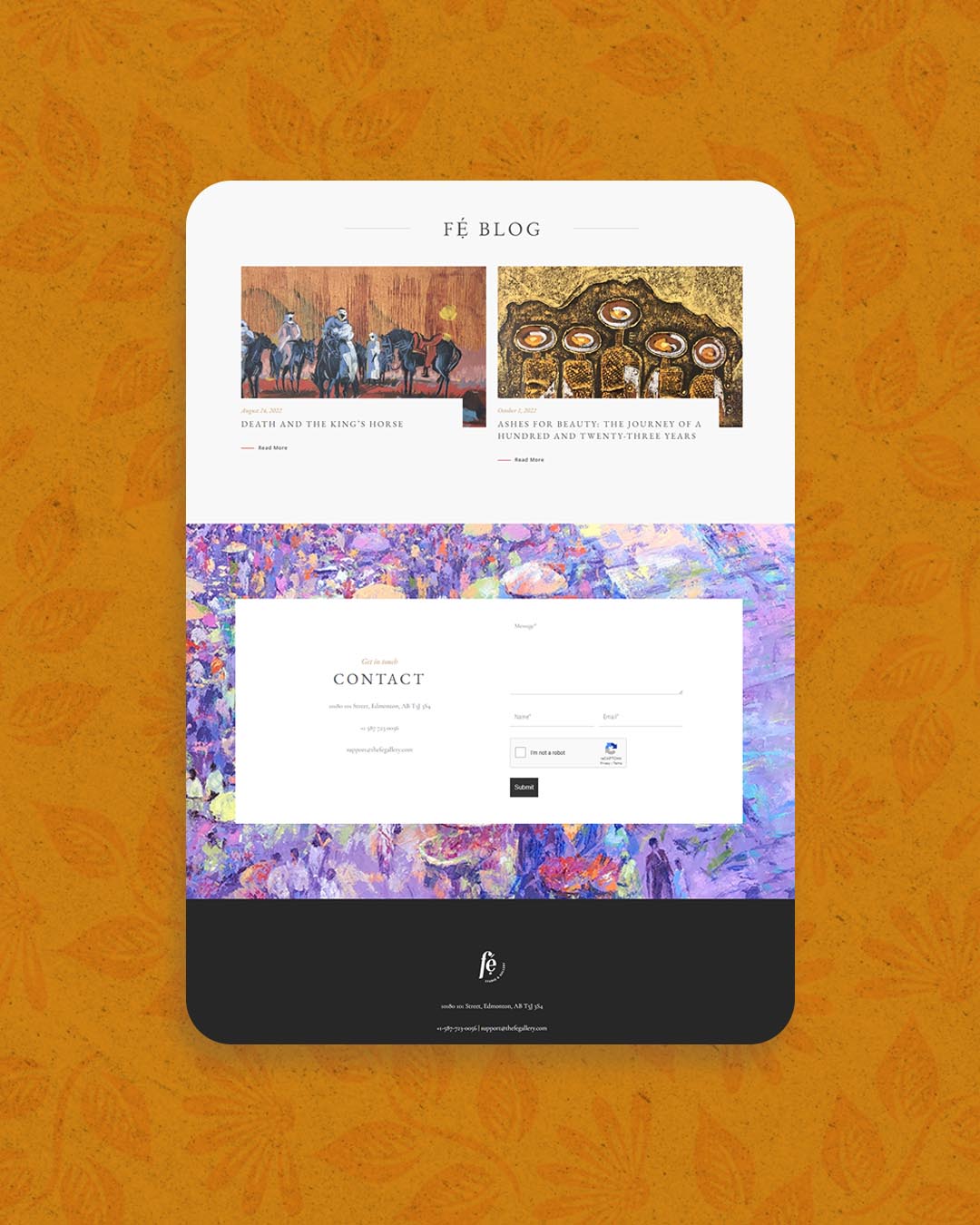
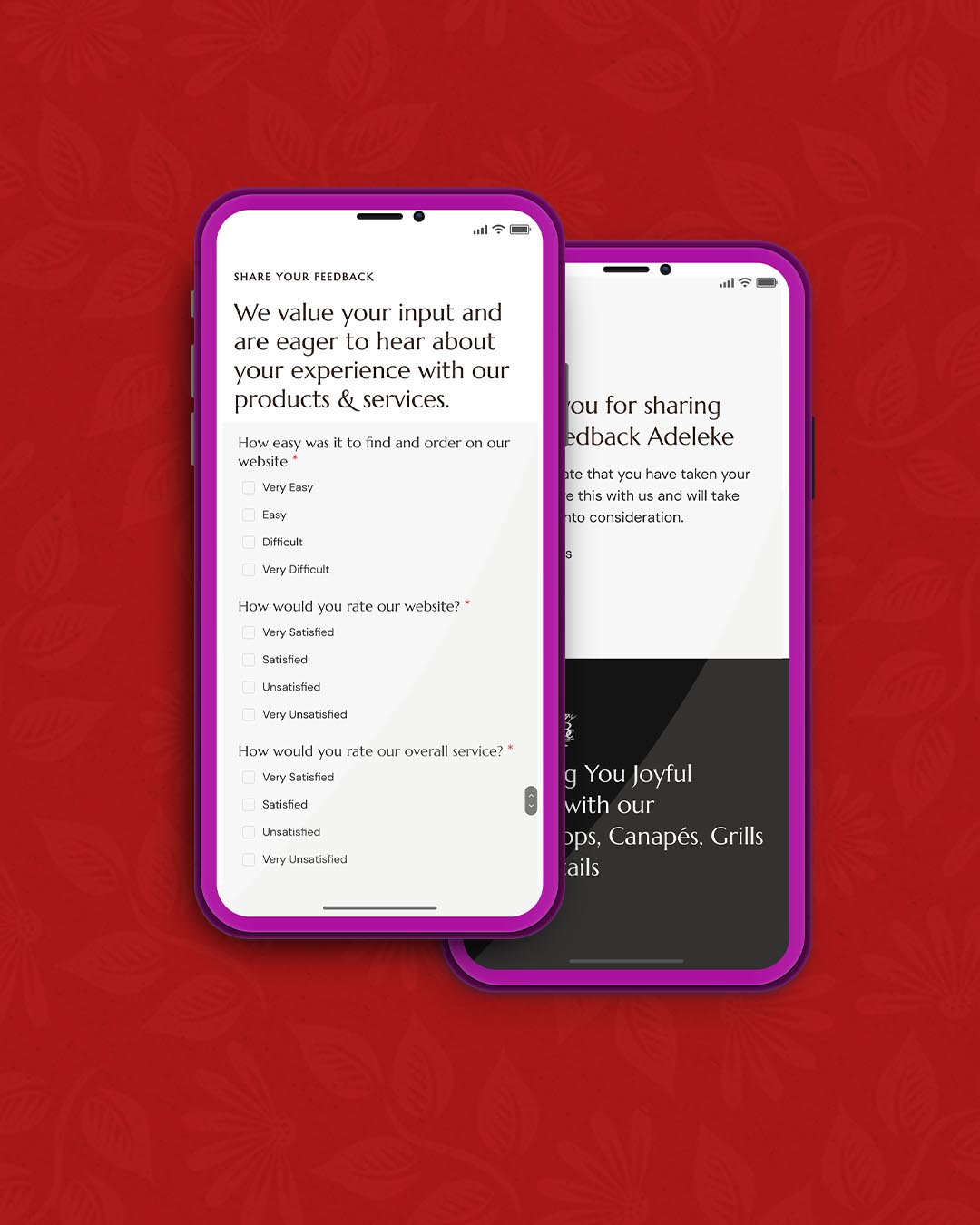
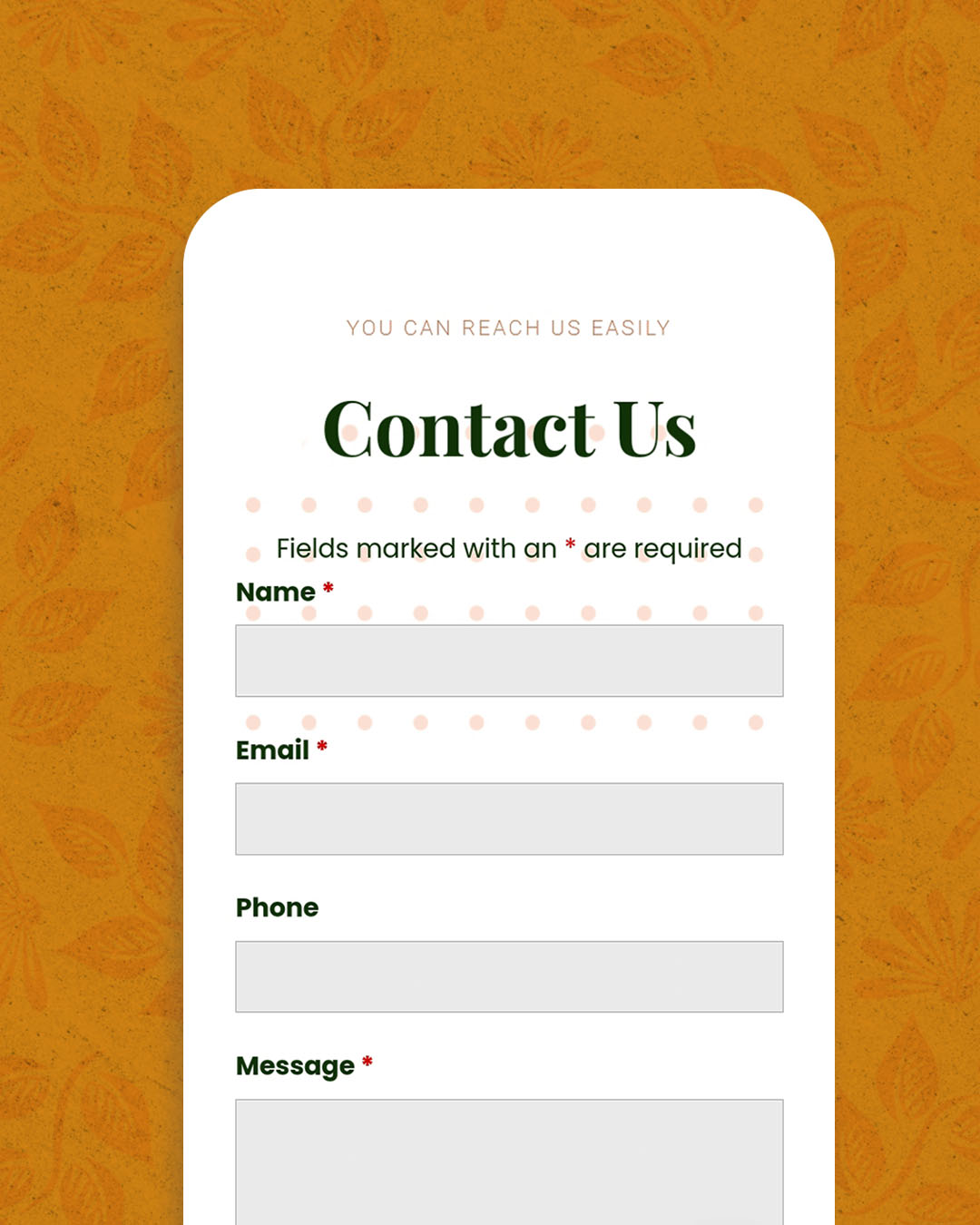
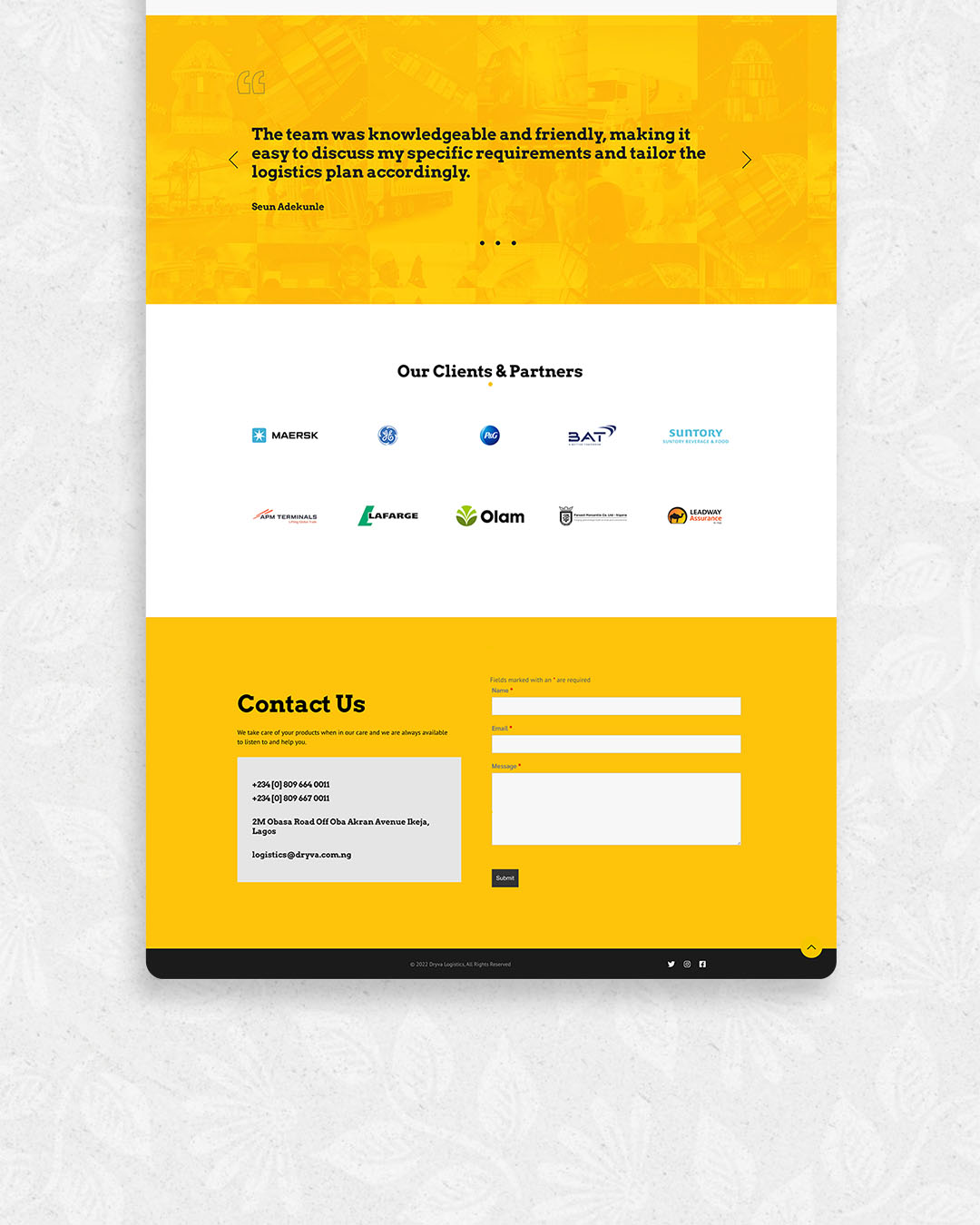
3. Targeting The Wrong Audience
Targeting the wrong audience in paid campaigns can lead to wasted resources and ineffective results. Generic ads that don't resonate with a specific audience often fail to capture attention or drive meaningful engagement. It's crucial to refine your targeting strategy to focus on potential clients who are most likely to be interested in your products or services. This involves using detailed demographic data, interests, behaviors, and other relevant criteria to tailor your campaigns effectively.
By narrowing your focus to specific segments of your target market, you can ensure that your ads are relevant and compelling to those who are most likely to convert. This approach not only maximizes the impact of your advertising budget but also improves the overall efficiency and success of your campaigns by reaching the right people with the right message at the right time.
Therefore, avoid using generic ads, as not all of the audience is interested in seeing all kinds of ads – narrow your campaigns to specific potential clients.
You can check out our article on 10 things we learned from our 30+ ads on Instagram
4. Not Engaging Your Customers
Engaging customers today is crucial as they expect interactive content. Beyond merely presenting products or services, fostering discussions through social media, blogs, live chats, and interactive campaigns is vital for capturing and retaining audience interest.
Active engagement builds loyalty and trust, encouraging customers to share experiences, recommend your brand, and make repeat purchases. It also offers insights into customer preferences, guiding improvements in your offerings and marketing strategies for sustained business growth.
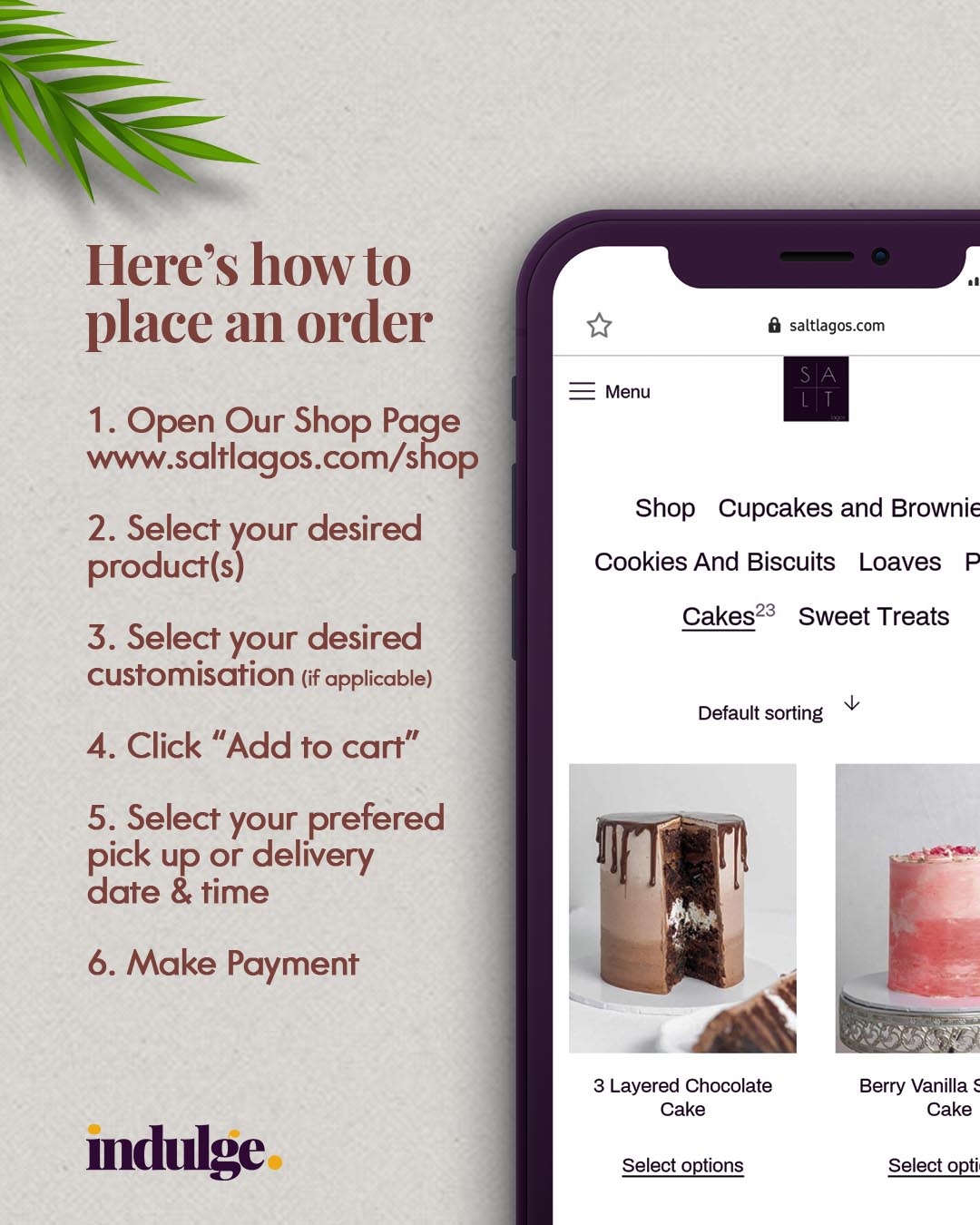

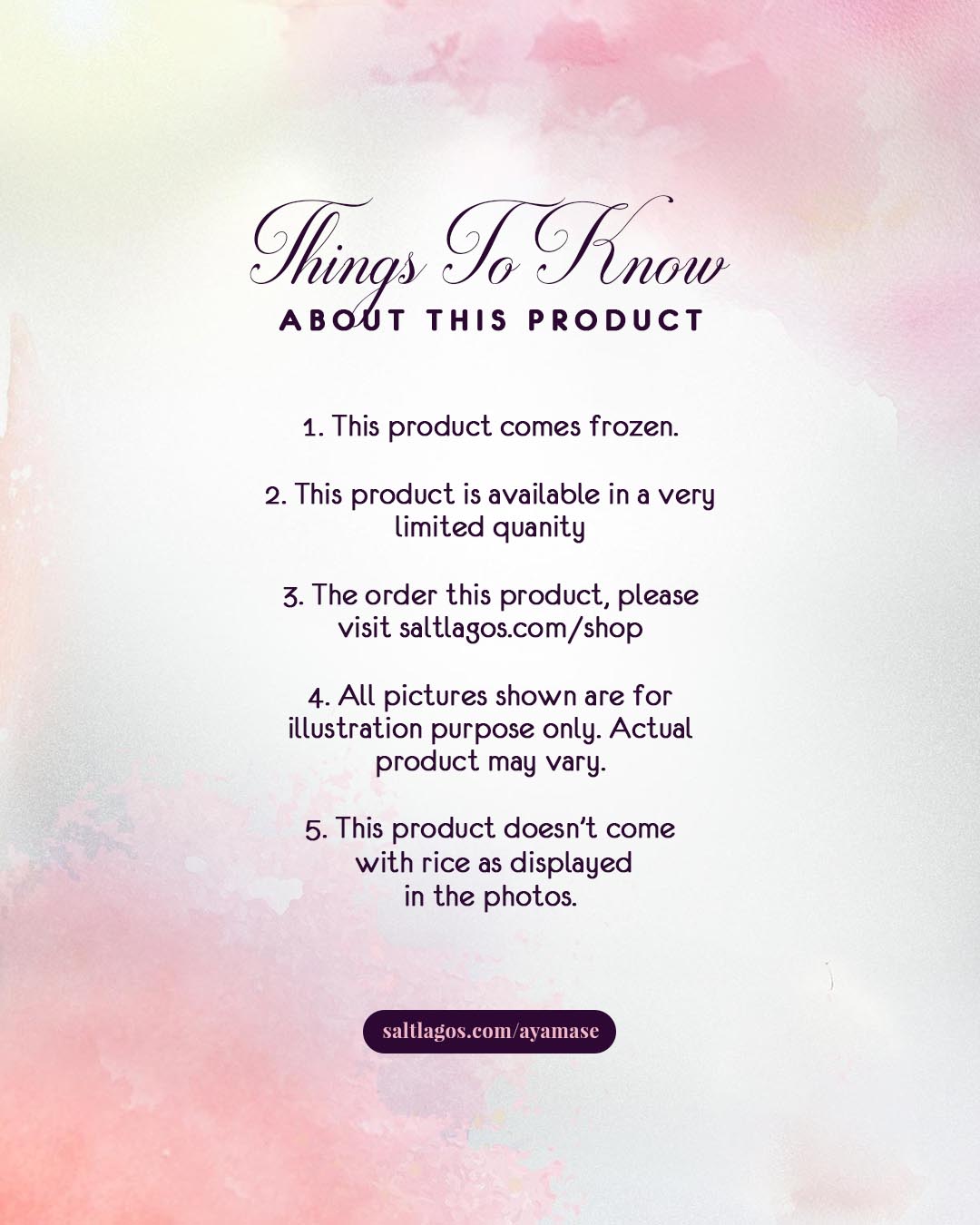
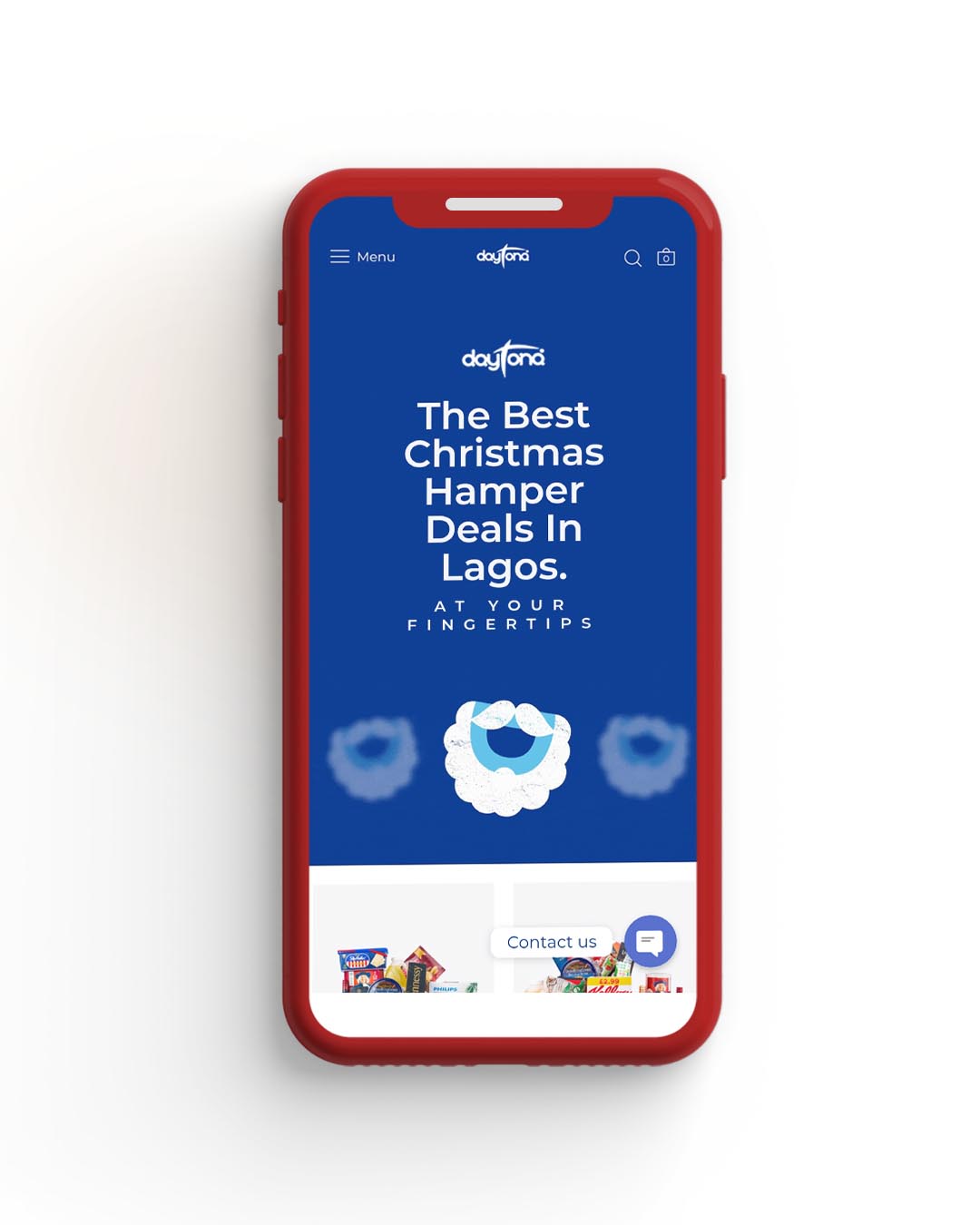


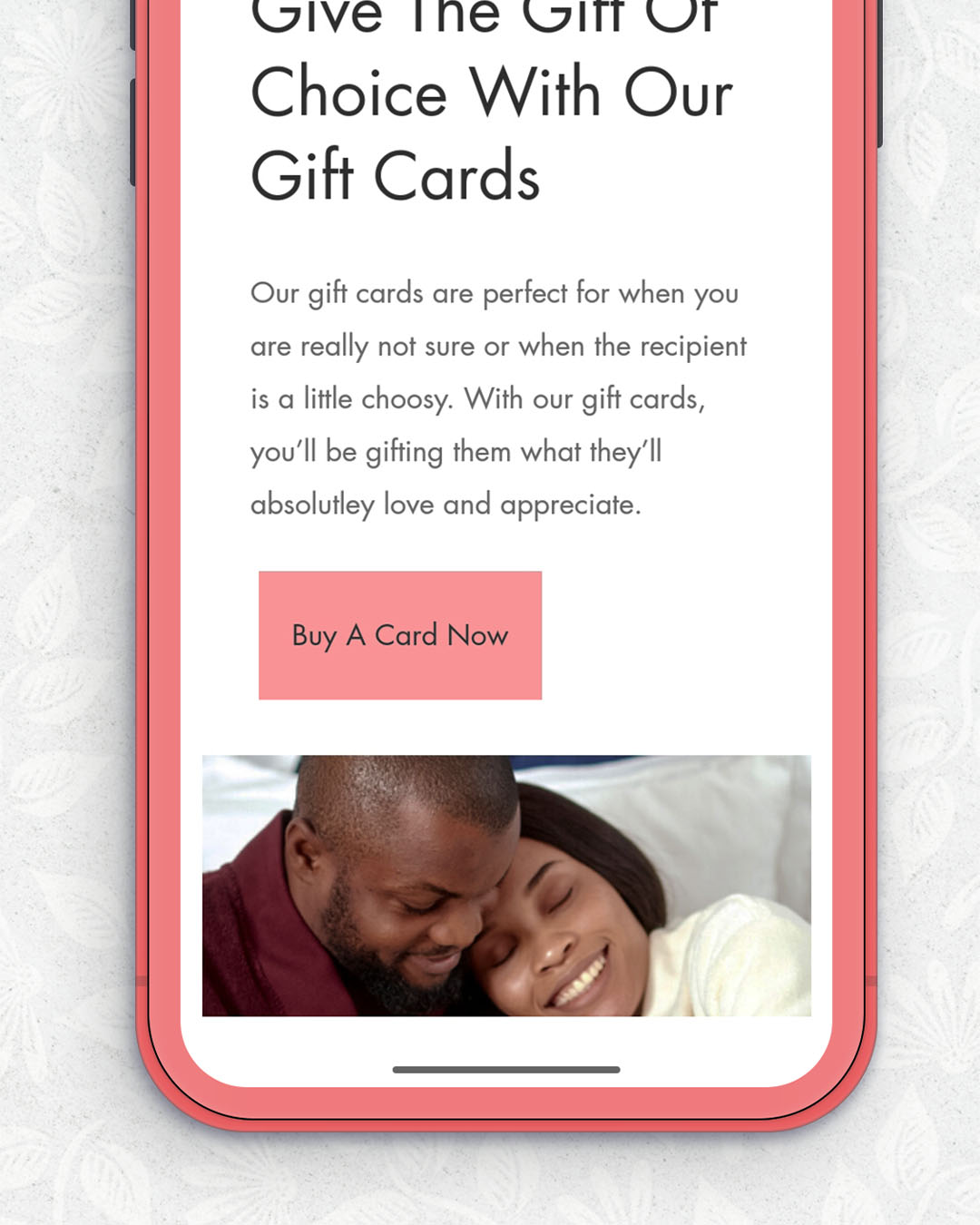
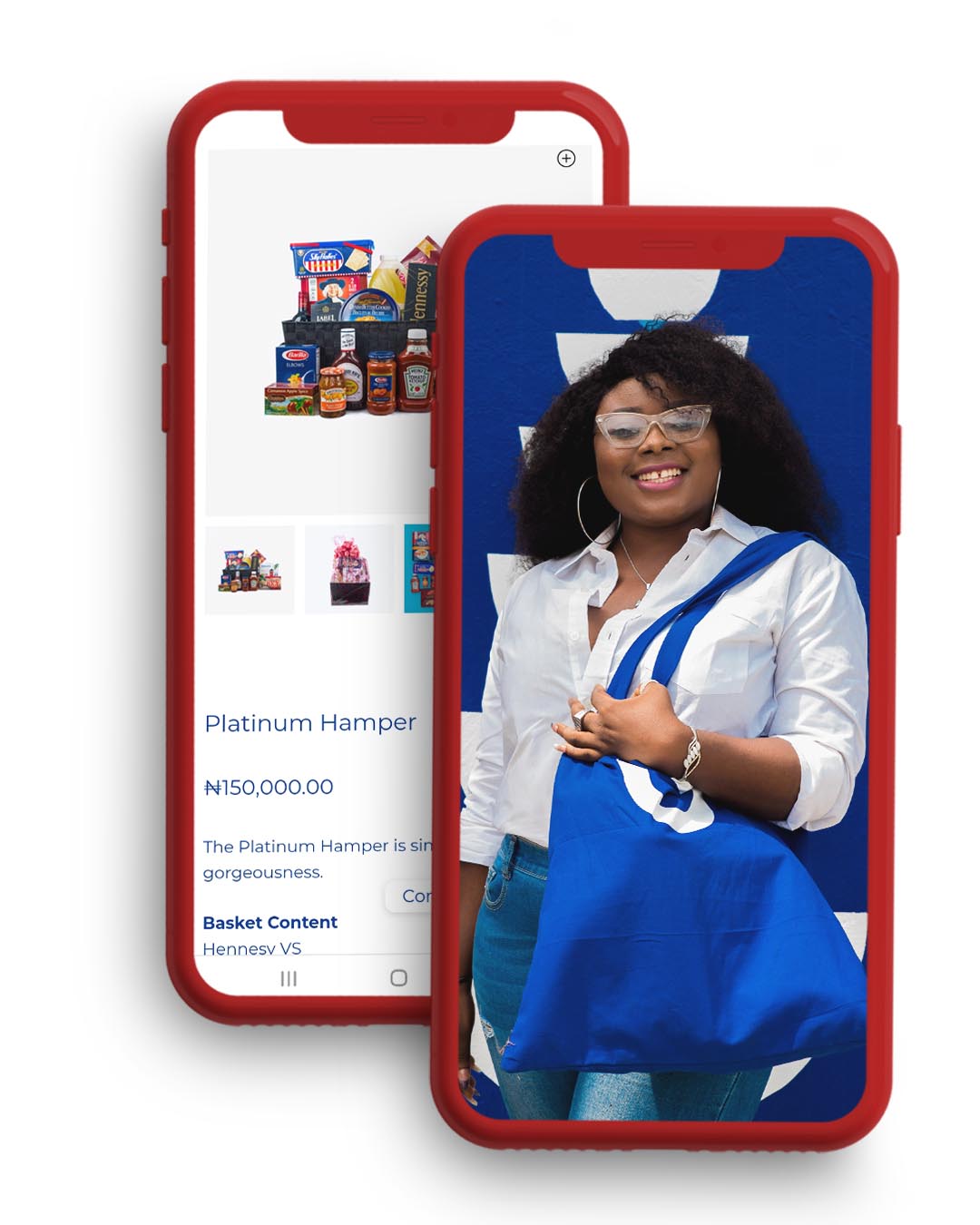
"Avoid using generic ads, as not all of the audience is interested in seeing all kinds of ads"
5. Very Complicated Checkout
The way online business runs – you “Add to Cart” and move on to “Checkout” for completion of the deal. Most eCommerce websites fail to comply with the basic need of their customers, which is providing a simple checkout process. A complicated checkout process leads to frustration and this can cause potential customers not to want to return to such an online store in the future. You can overcome this problem by providing a short, straightforward, and less complicated checkout process.
Related: Should I Offer Guest Checkout On My eCommerce Website?







